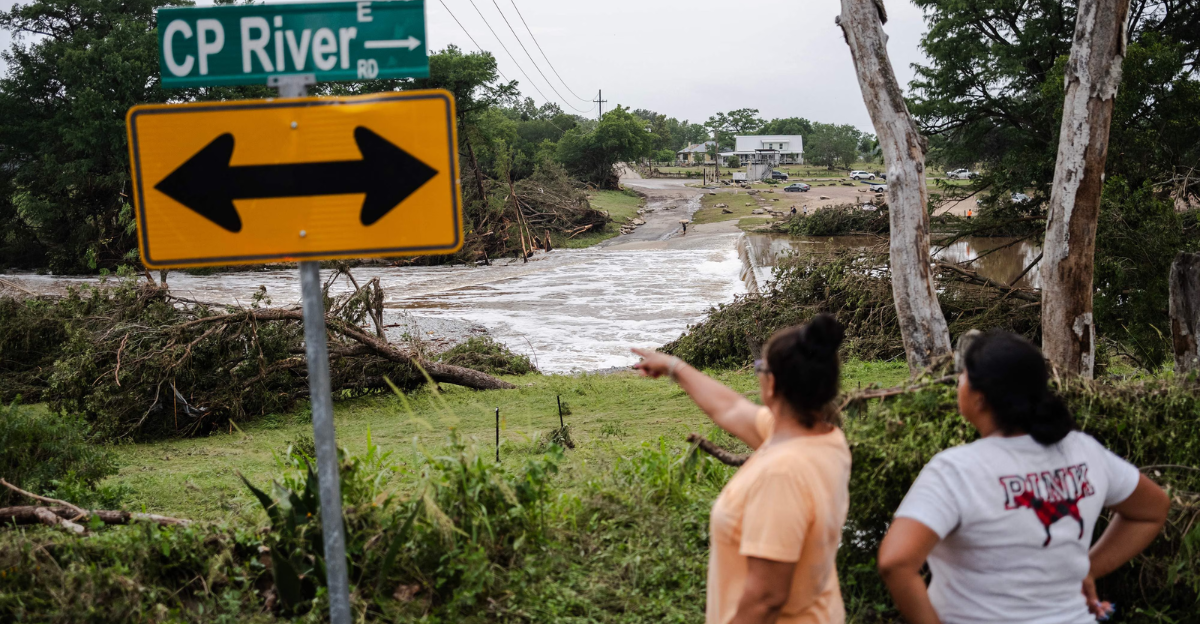
The flash flood that ripped through Kerr County, Texas, on July 4 caused widespread destruction, with scores of lives lost and entire communities upended. In the aftermath, as more information comes to light, it has become clear that county officials did not utilize the most direct and far-reaching emergency notification system they had at their disposal.
Although local officials did warn of potential danger, they chose not to use the Integrated Public Alert & Warning System (IPAWS), a tool capable of immediately alerting all cellphones in the area, similar to Amber Alerts.
As scrutiny intensifies, residents and experts question why such a crucial technology was left untapped during a disaster of unprecedented scale.
Missed Opportunities: Official Inaction Highlighted
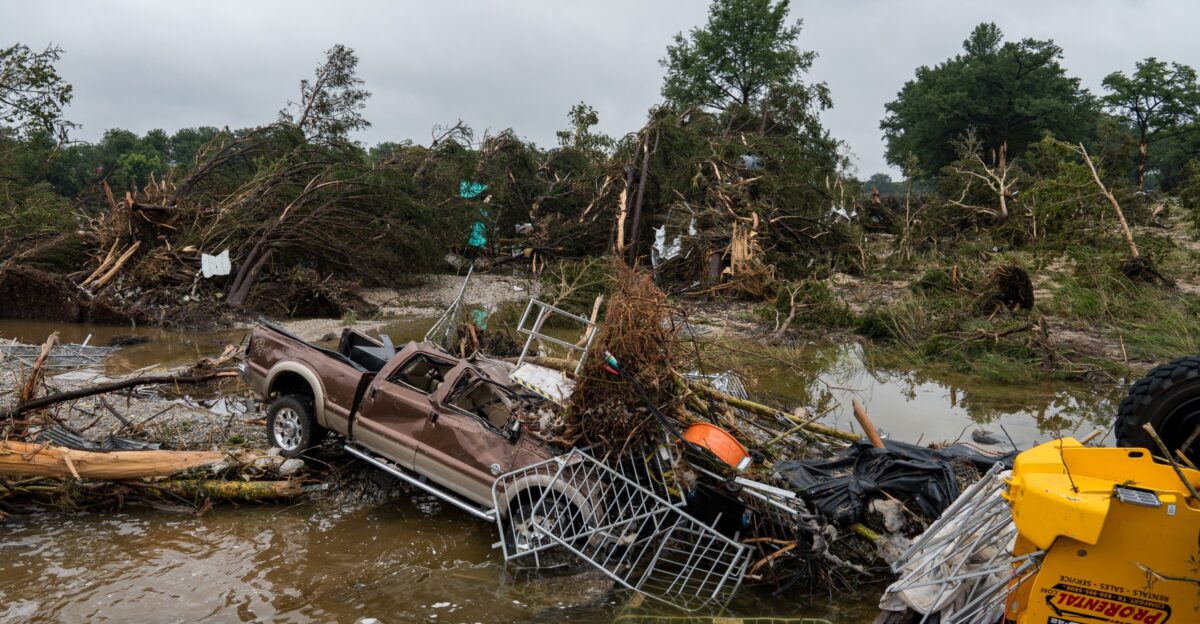
According to The Washington Post, Kerr County could have activated IPAWS to broadcast loud, unavoidable alerts to all mobile phones in areas at greatest risk as the Guadalupe River rapidly rose.
FEMA records reviewed by NBC News confirm that county officials did not send IPAWS messages during the crucial hours when prompt alerts could have saved lives.
Instead, they relied on CodeRED, a weaker, opt-in system that notified far fewer people and did not provide immediate and widespread warning, leaving residents dangerously unaware until it was too late.
Meteorologist’s Unheeded Warnings
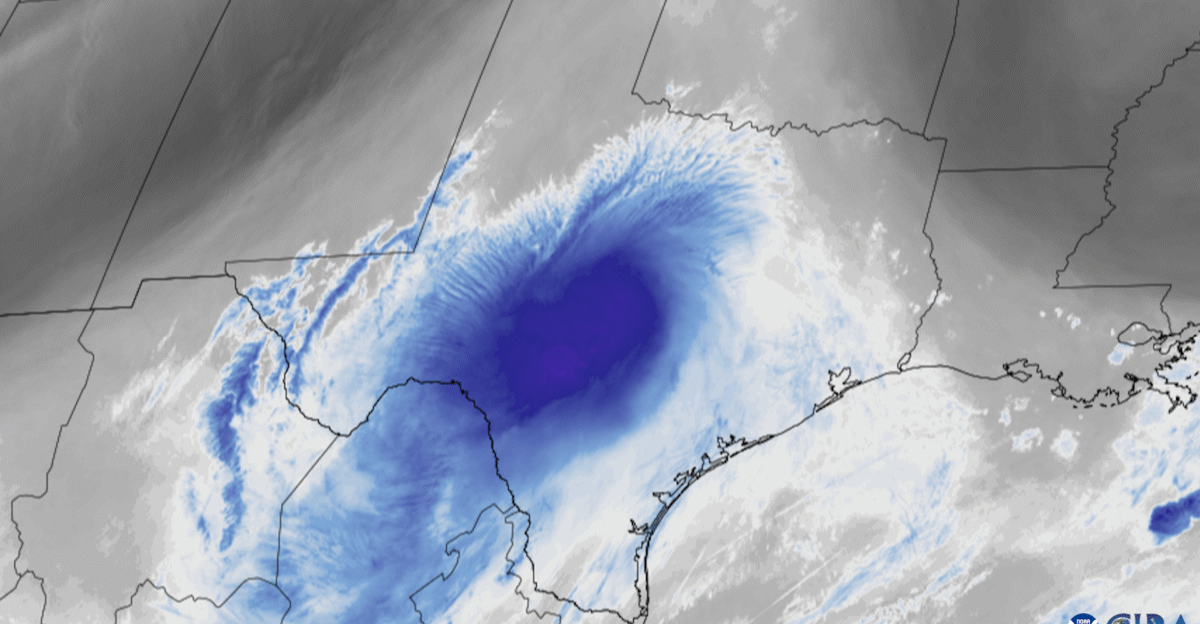
Jason Runyen, a meteorologist with the National Weather Service, utilized a dedicated communication Slack channel in the early hours of July 4 to warn Kerr County officials of the “catastrophic risk” threatening the Guadalupe River valley.
His warnings became increasingly urgent as the river levels rose by more than 30 feet near Hunt, Texas. Yet, the county’s inaction meant that the most vital warnings failed to break through to residents when they were most needed.
The Tragedy at Camp Mystic
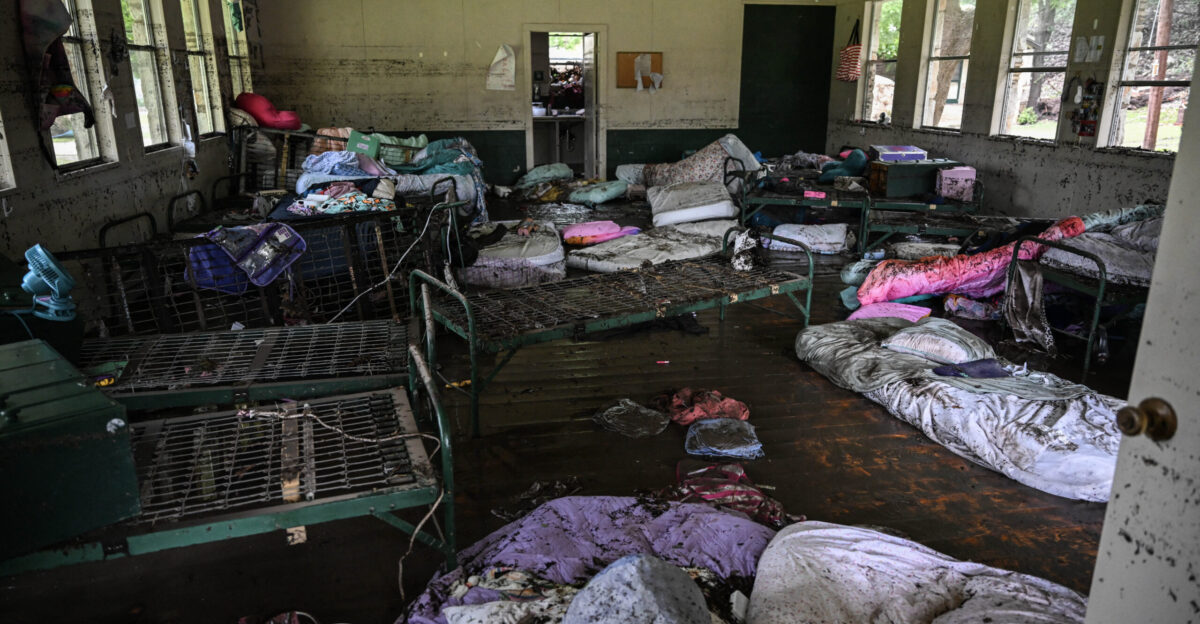
One of the places where the human toll was most acutely felt was at Camp Mystic, an all-girls Christian summer camp near the river. More than two dozen children and staff from the camp perished when the surrounding area was flooded, The Washington Post reported, and across the county, some 160 people were still unaccounted for days later. Many locals and experts alike believe that the failure to issue an IPAWS alert has been a factor in the extraordinarily high casualty rate.
How IPAWS Could Have Changed Outcomes

Experts argue that sending an IPAWS alert could have woken sleeping residents and afforded them precious minutes in which to escape to higher ground. Abdul-Akeem Sadiq, a professor at the University of Central Florida specializing in emergency management, told The Washington Post, “If the alert had gone out, there might be one or two people who could have received that message, who now, through word of mouth, alert others around them.” Sadiq added that local messaging often carries more trust and urgency with residents than federal alerts alone.
System Fatigue and Community Perception
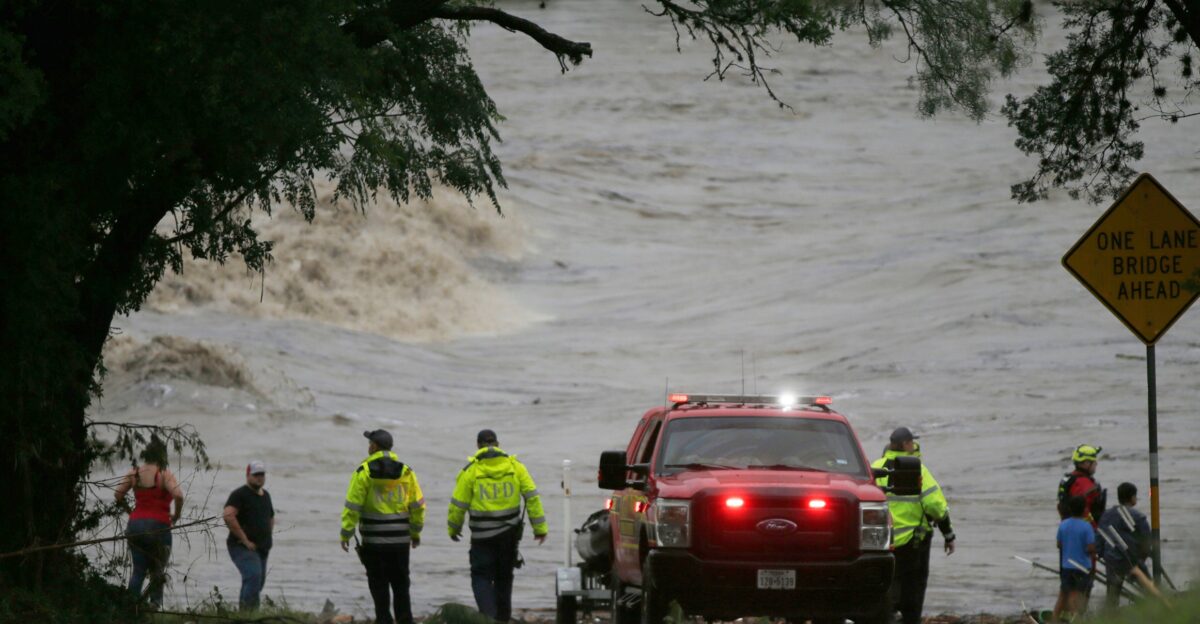
A recurring theme among residents in the “Flash Flood Alley” region of Texas is “alert fatigue.” Many people receive frequent warnings of severe weather that very rarely amount to actual disasters, which leads them to downplay new alerts as routine.
However, as reported by NBC News, this dynamic only heightens the need for highly disruptive, unmistakable messages, exactly what IPAWS is designed to deliver.
A Patchwork of Warnings and Delays
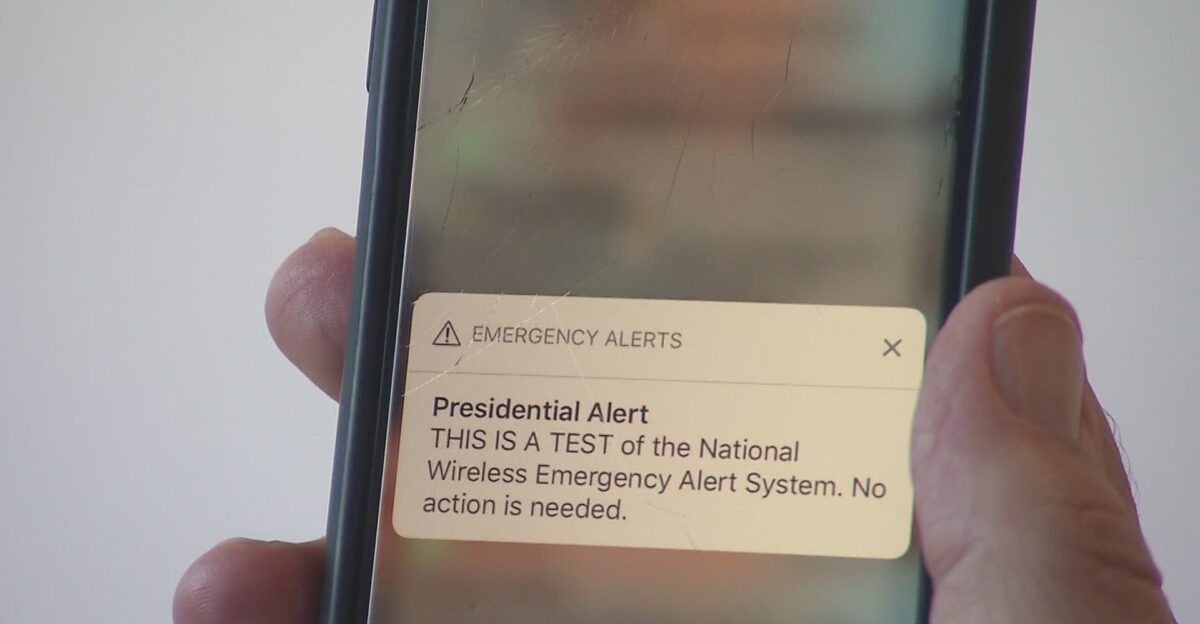
Instead of reaching all cellphones, county officials relied on CodeRED, which sends messages only to those who sign up for them. Evidence suggests that some residents had reportedly received no warning until 10:55 a.m. — more than five hours after the river reached its highest water levels on record. This patchwork approach resulted in confusion and left many with little or no time to react.
Accountability and Growing Scrutiny
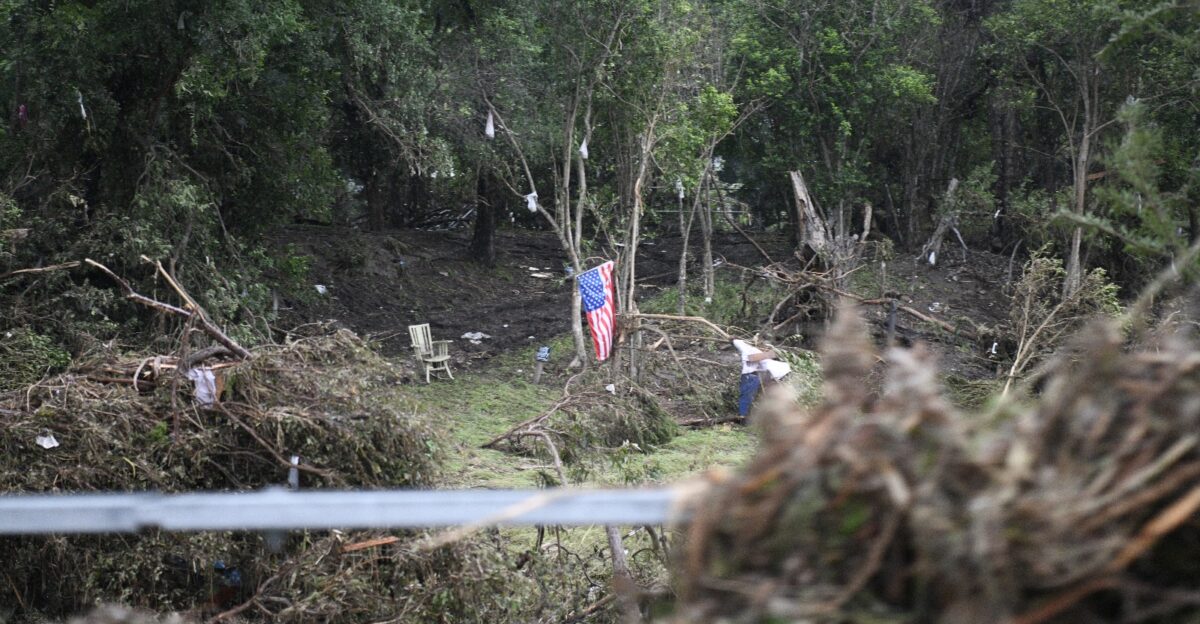
The people of Kerr County have become increasingly frustrated by officials’ refusal to explain why they failed to use IPAWS. The Washington Post and NBC News both report that Sheriff Larry Leitha and other leaders have sidestepped direct questions, consistently emphasizing the ongoing search and recovery instead.
However, records have shown that officials have activated IPAWS in the past for lesser threats, underscoring the gravity of their omission during this disaster.
Reviewing Protocols and Rebuilding Trust

As families mourn the loss of loved ones and search and recovery efforts persist, officials say they are committed to a “transparent and full review of processes and protocols.”
The devastation in Kerr County has become a stark lesson in the necessity of decisive, wide-reaching emergency communications—especially as climate-driven disasters grow more frequent. Whether meaningful reform follows remains to be seen, but the July 4 flood has irrevocably changed the region’s approach to public safety.







